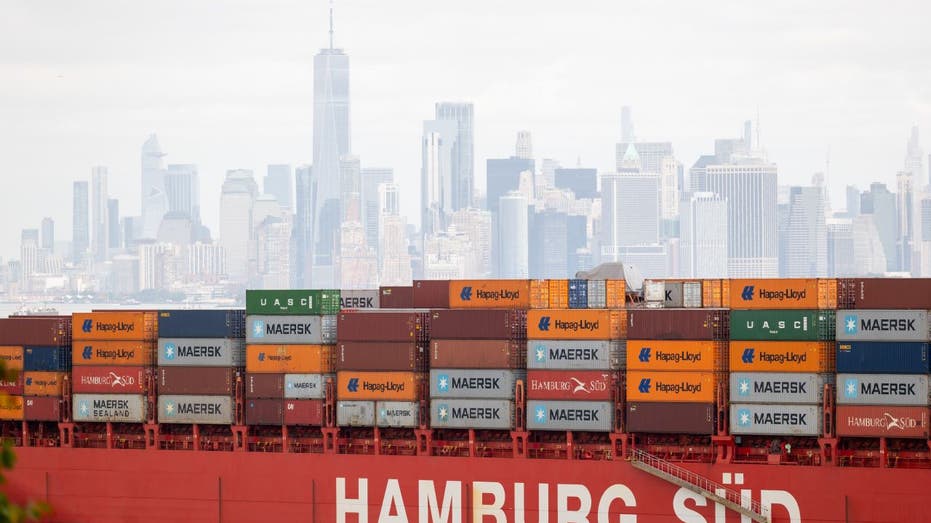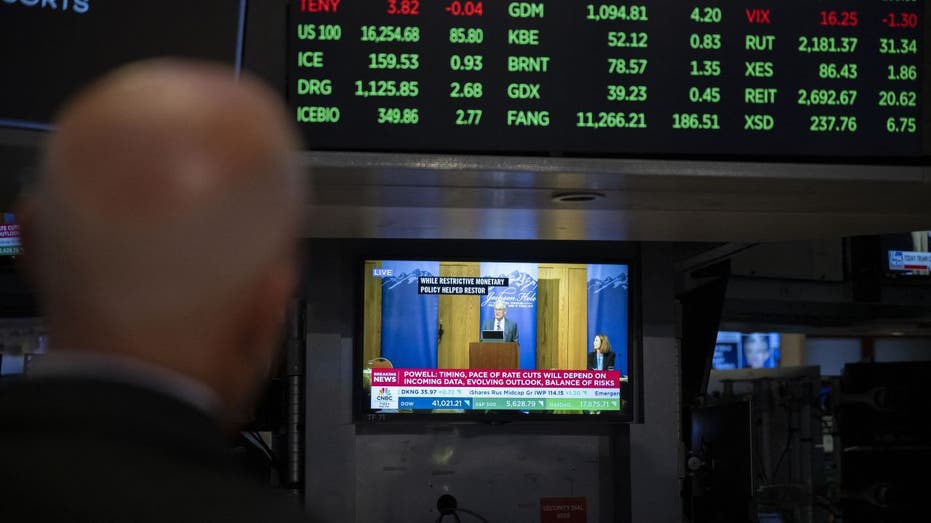PETALING JAYA: The semiconductor sector is forecast to shine beginning in the second half of 2024, as the so-called “new oil” is in its recovery phase on a global scale post-2023’s downcycle.
Malaysia Semiconductor Industry Association’s (MSIA) confidence was based on World Semiconductor Trade Statistics’ (WSTS) prediction that the world semiconductor market would rebound by 13.1% this year to reach US$588bil.
MSIA president Datuk Seri Wong Siew Hai said the global semiconductor sales dipped 8.2% to US$527bil in 2023, but the Malaysian market was able to retain its strength throughout the year.
The evidence can be seen in last year’s electrical and electronics (E&E) sector, where exports decreased by only 3% to RM575.45bil after 2022’s record year of 30% growth to RM593bil, he told Bernama.
According to 2023’s full-year print, exports of semiconductor devices and integrated circuits (ICs) attained a growth of 0.03% to RM387.45bil in 2023.
The E&E products dominated Malaysia’s total exports in 2023, accounting for a 40.4% share comprising products such as photosensitive semiconductor devices, batteries and electric accumulators, static converters, electric control panels, parts for switching apparatus and electric control panels, as well as parts for diodes, transistors, piezoelectric crystals and other semiconductor devices.
The current prolonged geopolitical fragmentations are sending investors in search of new production homes or moving to trusted countries.
Wong said that following this many multinational companies (MNCs) in China diverted part of their production and supply chain as a mitigating strategy by selecting Malaysia as their “Plus One” location.
“The trend is likely to continue as many firms are currently evaluating Malaysia as their ‘Plus One’ location,” he noted.
The “China Plus One” strategy emerged as a critical policy for companies to reduce their reliance on China by diversifying their supply chain activities to other markets.
He noted that the whole world is looking at enhancing supply chain resiliency.
“There are no simple solutions as the supply chain is very complex. Over the last two years, E&E companies have increased their productivity and acquired land to build factories to increase their capacities,” he added.
Hot competition in the electric car (EV) market is pushing local automakers to increase production and offer more affordable models.
In total, sales are expected to reach 14 million units by the end of 2023 after hitting the 10,000 mark a year before.
Following this everyone is keen on developing their domestic semiconductor ecosystem amid the full-speed race in the EV market, Wong said.
WSTS highlighted that all markets are poised for ongoing expansion in 2024 with the Americas and Asia Pacific, in particular, forecast to demonstrate significant double-digit growth on a year-on-year basis.
In its December report, WSTS said the industry growth is expected to be primarily fuelled by the memory chip sector, which is set to soar 40% to around US$130bil in 2024.


